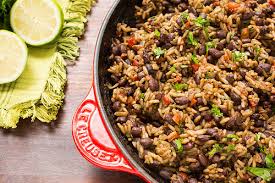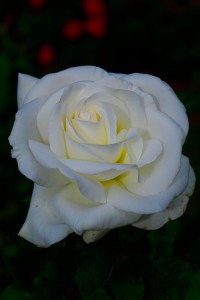Growing up, I was always told that we learn the history of the United States and all of the wars to show how awful the experiences were, and so that the future generations would not mirror the same disastrous times. However, in the 21st century, we are starting to repeat old ways that we once said we never would. For example, there are now prison camps similar to those during the Holocaust. One example of this is China’s detention camps that are detaining thousands of Muslims for renouncing their religious convictions (Buckley and Ramzy) .The questioning of this hypocrisy has always been in the back of my mind, and as I moved into my next level of education at Agnes Scott College, I embarked on a leadership course. This course, known as LDR 102, included classes from various professors from different disciplines, and each class used Warren Berger’s book, A More Beautiful Question: The Power of Inquiry to Spark Breakthrough Ideas, as a basis to define questioning and leadership. Berger discusses what defines a “beautiful question” and I was asked to write a beautiful question that would abide by Berger’s definition. My beautiful question is: How can we teach history to students in a way that might help the next generation avoid repeating the mistakes of previous ones? My question is considered “beautiful” because it can give rise to a layer of answers, and this is due to people offering multiple perspectives based on their personal experiences (Berger, 16). This question challenges people to wonder about the future generations and what they will be learning in regards to their country and its history (Berger, 19). According to Berger, “A beautiful question is an ambitious yet actionable question that can begin to shift the way we perceive or think about something—and that might serve as a catalyst to bring about change” (Berger, 8). By asking this beautiful question, it sparks the desire to reevaluate the ways in which history can effectively be taught to students and open their eyes to their surroundings.
Throughout the course of this class, there were two sessions in particular that had me thinking about my question. In the first session, the professor focused on a piece by Djuna Barnes called “How It Feels to Be Forcibly Fed.” In this piece Barnes voices the horrors of the women in 1914 who were fighting for the right to vote. The women participating in the protesting were put in prison, denied the right to perform hunger strikes, and were fed forcibly (Barnes). This helped to inspire my beautiful question because, as the class began to discuss this piece, I began to see the relevance of reading this 1914 newspaper article in 2019. The Djuna Barnes article touches on a concept that is highly debated today—who has control over women’s bodies? Recently in Georgia, a Fetal Heartbeat Bill was passed that denies women the option to have an abortion after she has been pregnant for 6 weeks (Diamant). This bill limits the control that women have over their bodies and shows the parallel between what Djuna Barnes went through, and what women are still going through in the 21st Century. This reinforces the idea that history continues to repeat itself because not enough is being done to evoke a change. One possible way to arouse change is through digital communication. This possible outlet for change relates to another session that was centered on the use of memes for communicating ideas across large platforms (Jenkins). The use of memes and other forms of digital communication to convey a message could also be a way to share history and bring about awareness. The spreading of awareness and sharing of ideas between educators encourages new ways to teach history, and this might help educate people on the rights that individuals should have. The larger the wave of awareness, the greater the impact, and the more likelihood that society can change in a more progressive and proactive way. This way, the leadership skills that individuals, such as students in LDR 102, are taught can be used to push them to be the change they wish to see in the world.
Works Cited
Barnes, Djuna. “How It Feels to Be Forcibly Fed.” Wikisource, Wikimedia Foundation, Inc., 16 Apr. 2012.
Berger, Warren. A More Beautiful Question: the Power of Inquiry to Spark Breakthrough Ideas. Bloomsbury, 2016.
Buckley Chris, and Austin Ramzy. “China’s Detention Camps for Muslims Turn to Forced Labor.” The New York Times, The New York Times, 16 Dec. 2018.
Diamant, Aaron. “HEARTBEAT BILL GEORGIA: Georgia House Passes ‘Heartbeat Bill,’ Outlawing Abortions after 6 Weeks.” WSBTV, 3 Apr. 2019.
Jenkins, Henry. “A Meme Is a Terrible Thing to Waste: An Interview with Limor Shifman (Part One).” Henry Jenkins, Henry Jenkins, 17 Feb. 2014.

